Top Business Intelligence Tools in 2024
Choosing a business intelligence tool is a critical decision for leveraging data insights in decision-making. With a plethora of options available, BI tools play a pivotal role in understanding trends and patterns within your business data. They empower strategic decision-making and offer a competitive edge. Similar to a handyman's toolbox, BI professionals must be adept with specific software tools to collect, process, and analyze data effectively. These tools are universal across industries, departments, and user roles, presenting a valuable opportunity to enhance ROI and gain a competitive advantage in various business contexts.
Why Use Business Intelligence Tools?
So far we learn about what is business intelligence tools and why were they invented. But you might be wondering why should business intelligence tools be used.
Well, not only do the business intelligence tools offer capabilities to enterprises to ask questions in abstract plain language and eventually get answers they are easy to understand. With reliable business intelligence tools, businesses can now make data-driven decisions rather than guessing what could be not. The data tells the business about its relation to production, supply chain, and customers or even suggests market trends that the enterprise could leverage and gain from.
Does business intelligence help answer questions like which region inventory must be increased? Why did sales drop in a specific location? What customers review their products? Etc.
Yes, with the help of ML-based or derived insights, the business can track the past and gain valuable insights from the current season for their business via their range of methodologies, practices, and technology. Businesses can leverage the data and build their business strategies based on what the data is suggesting to them. This way business intelligence tools are helping enterprises become more aware, gain competitive advantage, and perform well.
Following are the key benefits one can obtain by integrating their systems with business intelligence tools:
- Get clarity on the business and make decisions based on what data the business is generating.
- Scale the return on investment by identifying the spots to make progress and strategically allocate resources.
- Understand how the customer is behaving, and what trends are hong on in the market, and use the data-driven insights to tailor products that adapt easily to the volatile market needs.
- Carefully monitor, manage, and maintain the business operations.
- Enhance your chain management by carefully monitoring and checking the activity while parallelly communicating with the teams.
Top Business Intelligence Tools
With this section of the article, we shall be quickly briefing up on the top business intelligence tools. This will not only introduce you to the various business intelligence tools but also offer how some of these tools could be utilized as per your requirements.
SAP Business Objects
The SAP Business Objects is a well-renowned business intelligence tool on their website www.sap.com. With this tool, users get a comprehensive view of reporting and analysis along with the highly-interactive data visualization. The SAP Business Objects was built for customers who are focused on categories like CRM, Customer Experience (CX), ERP systems, supply chain(digital), and many more like these. It is a self-service tool with a role-based dashboard that provides users with the capability so they can seamlessly build their dashboards as well as applications. Its robust software perfectly suits intended software roles such as IT, end user, and management. Offering various flexible functionalities on one platform makes SAP Business Objects unique in their way. While this also calls for a high process as per the complex functionalities being offered to the users.
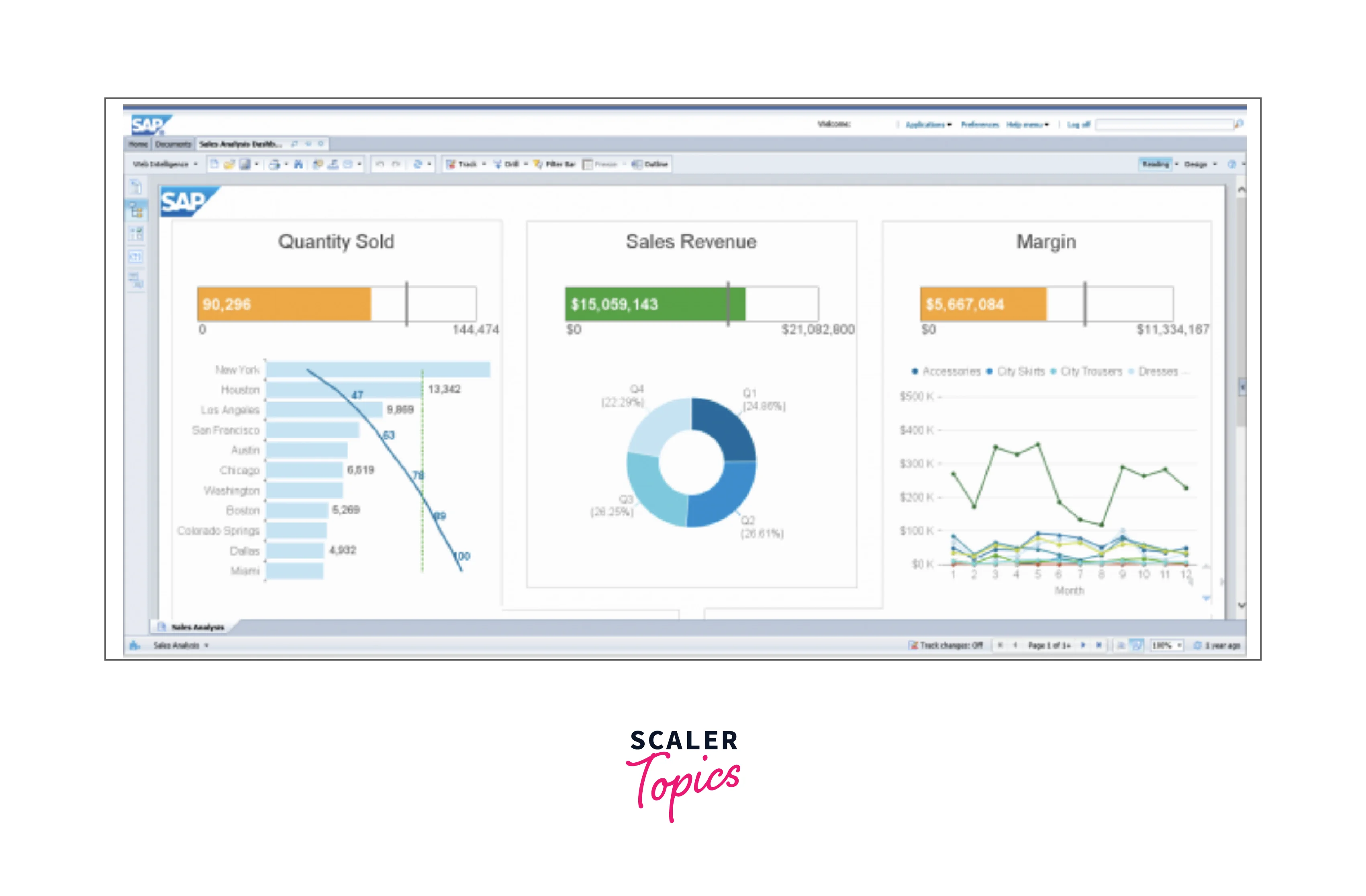
Datapine
If you are not involved in the technical field but still need a solution for generating insights from the data, then Datapine is the one-stop solution to go for. Easily accessible on its website www.datapine.com, datapine can be defined as a one-stop solution that facilitates the complex processes of data analytics. The Datapine’s self-service approach and its comprehensive analytics, ensure that both the business users (non-technical) and data analysts (technical) can simply integrate various data sources, perform the advanced level of data analysis, build interactive dashboards for business users while quickly generating actionable data-driven insights.
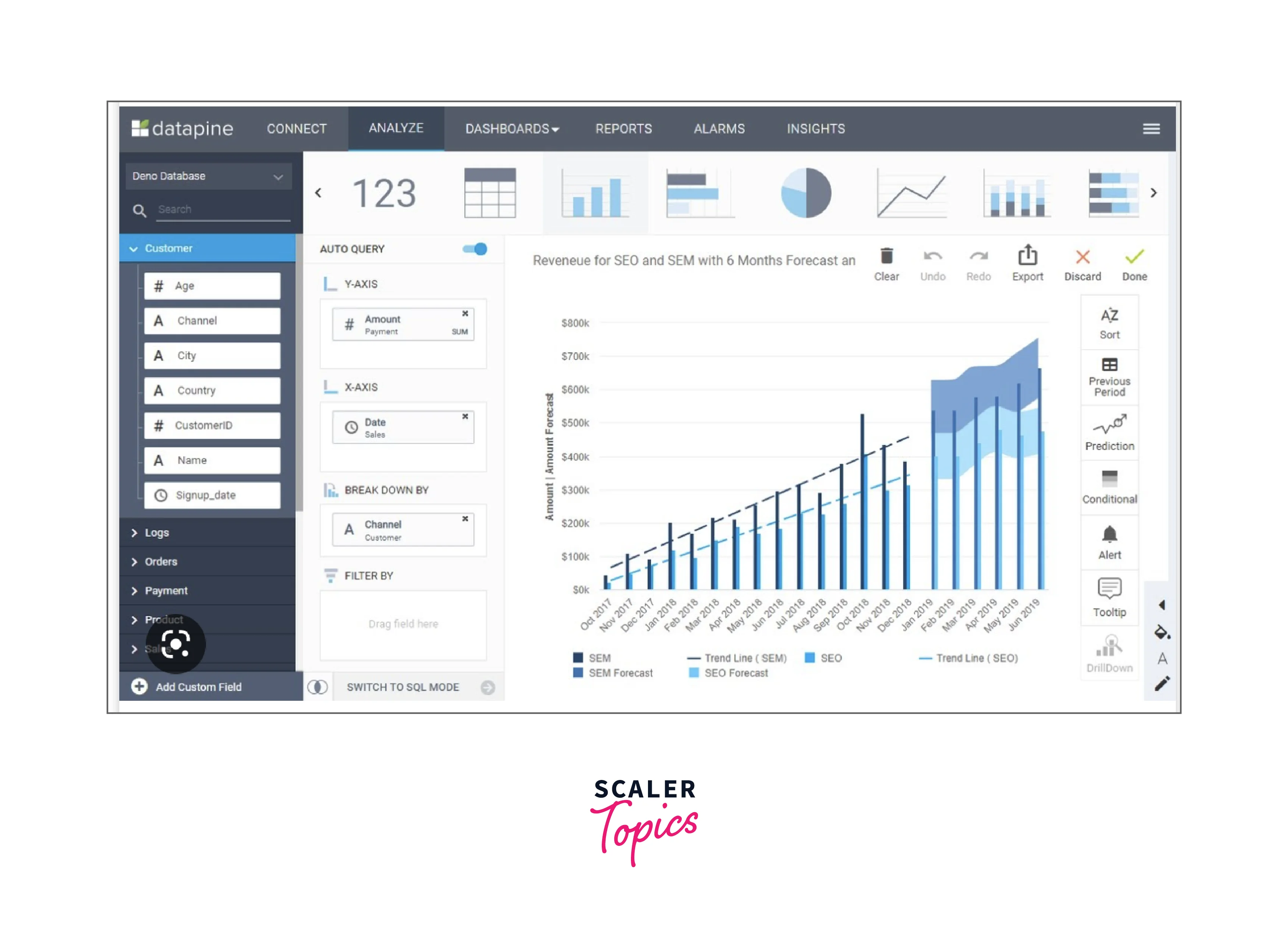
MicroStrategy
Another widely popular business intelligence tool offering high-speed and powerful hyperintelligence, data analytics, cloud solutions, and a dashboarding platform is MicroStrategy. You can visit its website via the link MicroStrategy and experience it at your pace. You can use the platform to trace trends, improve the productivity of your projects, gaze for new ideas and opportunities, etc. With MicroStrategy, users can connect with multiple data sources, where the data can either be in the spreadsheet (or xlxs format), on-premise solution, or even cloud-based data software. You can access the platform via mobile or desktop. While one can easily get started with the MicroStrategy platform, setting up the system involves various parties having prior experience or knowledge of the application.
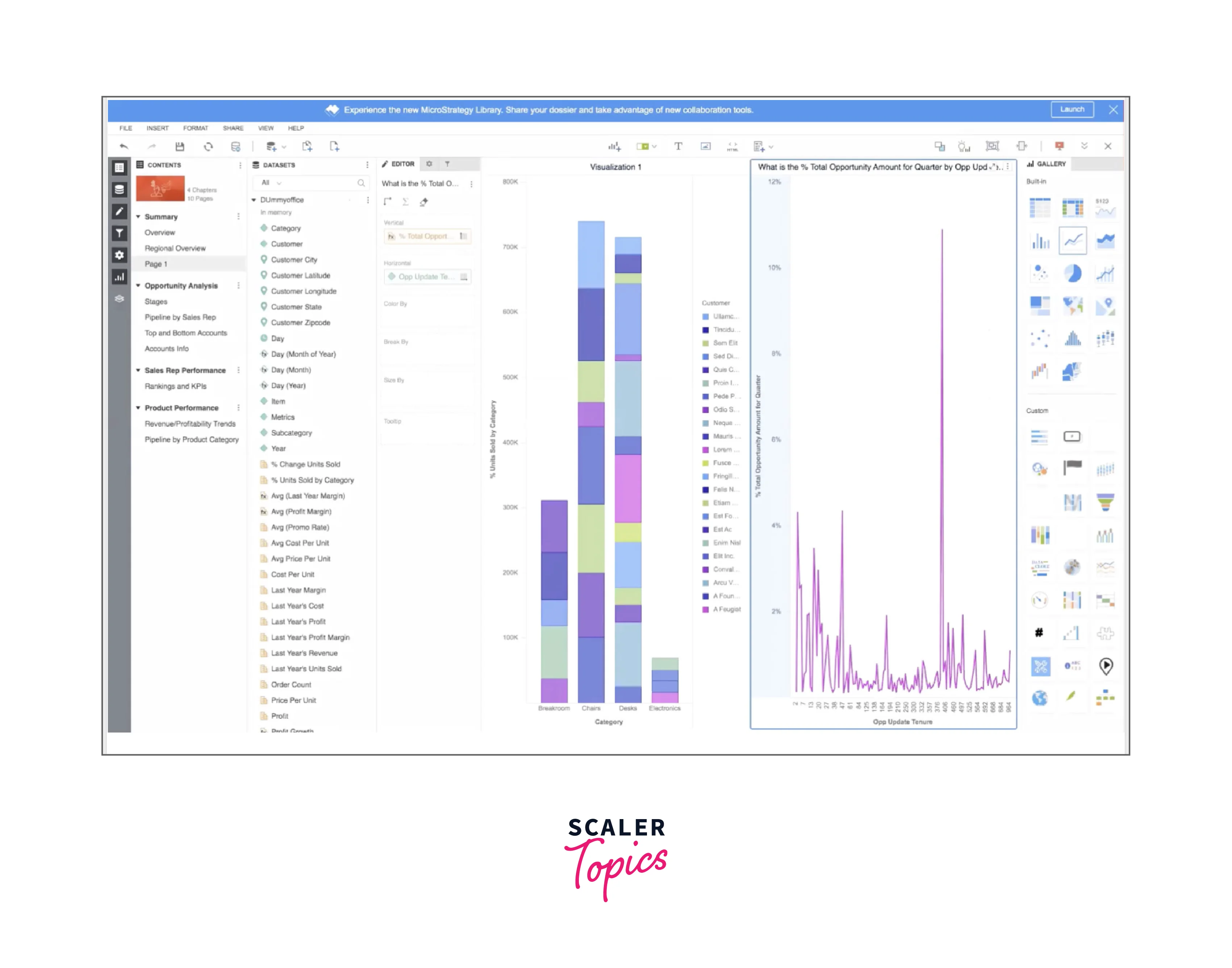
SAS Business Intelligence
SAS offers SAS Business Intelligence as one of its widely known advanced predictive analytics platforms. SAS Business Intelligence proves to be a great business intelligence tool. Founded in the 1970s, you can visit the platform via the SAS Business Intelligence link and experience the well-equipped self-service platform. Users can choose from a wide range of metrics and data for making data-informed decisions for their organizations. With SAS Business Intelligence APIs, various customization options are available. Advanced data analytics, high-level integration of data along with reporting capabilities is being offered by SAS. For a wide range of contextual insights over your data, SAS Business Intelligence offers its text analytics feature too.
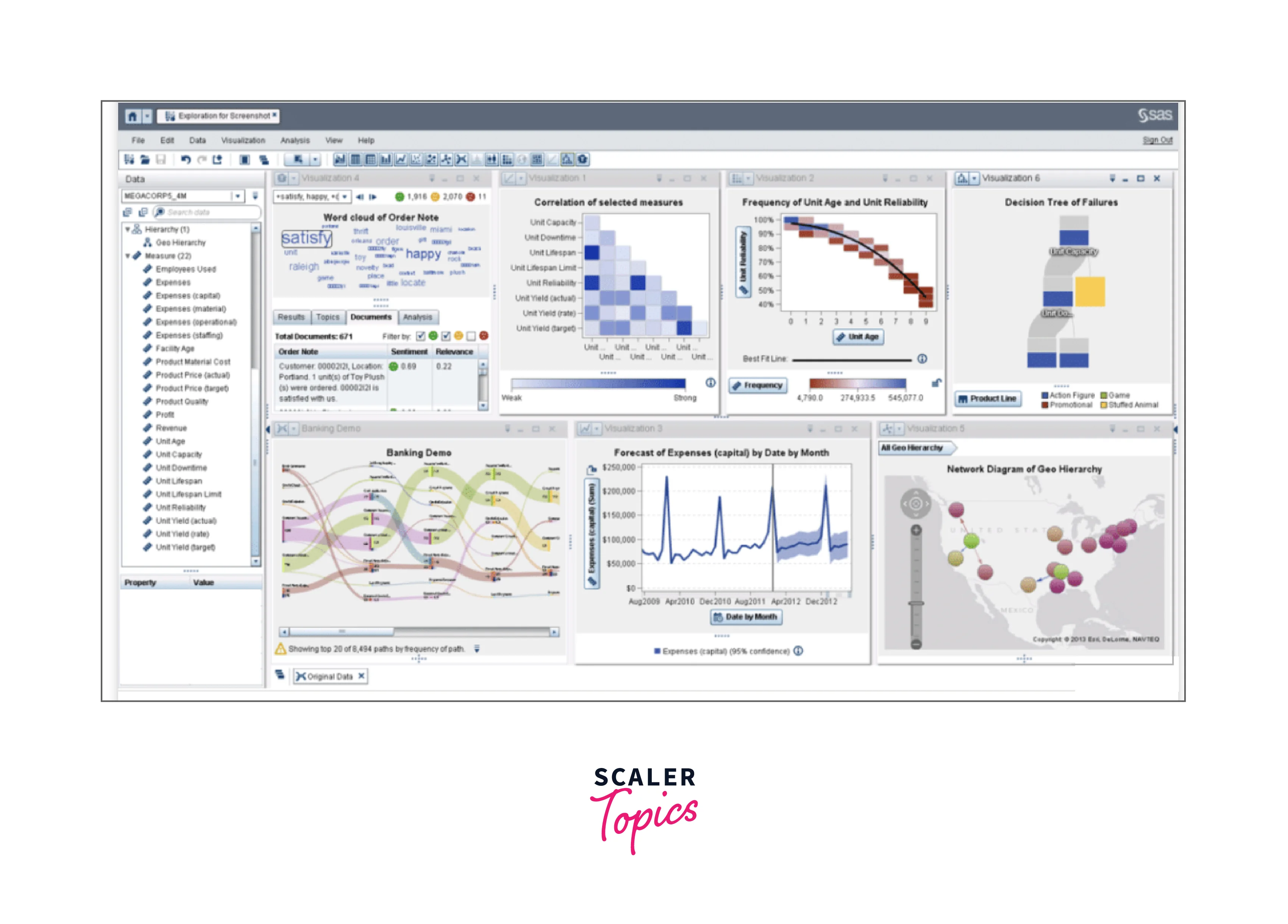
Yellowfin BI
Offering a combination of machine learning, visualization, and collaboration, Yellowfin BI is one of the business intelligence tools that offers its users an ‘end-to-end’ analytics platform. You can visit the website Yellowfin BI and experience the magic yourself that combines visualization, machine learning, and collaboration. You will find intuitive filtering options such as checkboxes, and buttons for you to simply filter through the huge amount of data and open the interactive dashboards with its flexibility and accessibility to work anywhere and wherever you want. Be it mobile, desktop, or web page you can view the dashboard from anywhere. With Yellowfin BI, you can simply start with the visualizations and dashboard with its no code/low code development offered.
QlikSense
Competing against the above-mentioned business intelligence tools is one such product offered by Qlik. A complete business intelligence tool providing complete data antics in one place is the QlikSense. On the QlikSense website via the link QlikSense, you shall find a one-of-its-kind related analytics engine, with improved performance along with sophisticated artificial intelligence integrated. Users can view their dashboards from anywhere be it mobile, desktop, or webpage with the optimized touchscreen interface making it a widely popular business intelligence tool. What makes Qliksense attractive is its Search & Conversational Analytics features on its platform, which not only make it easier, and simpler but also a quick way for asking questions. And in response, users learn new insights via the natural language.
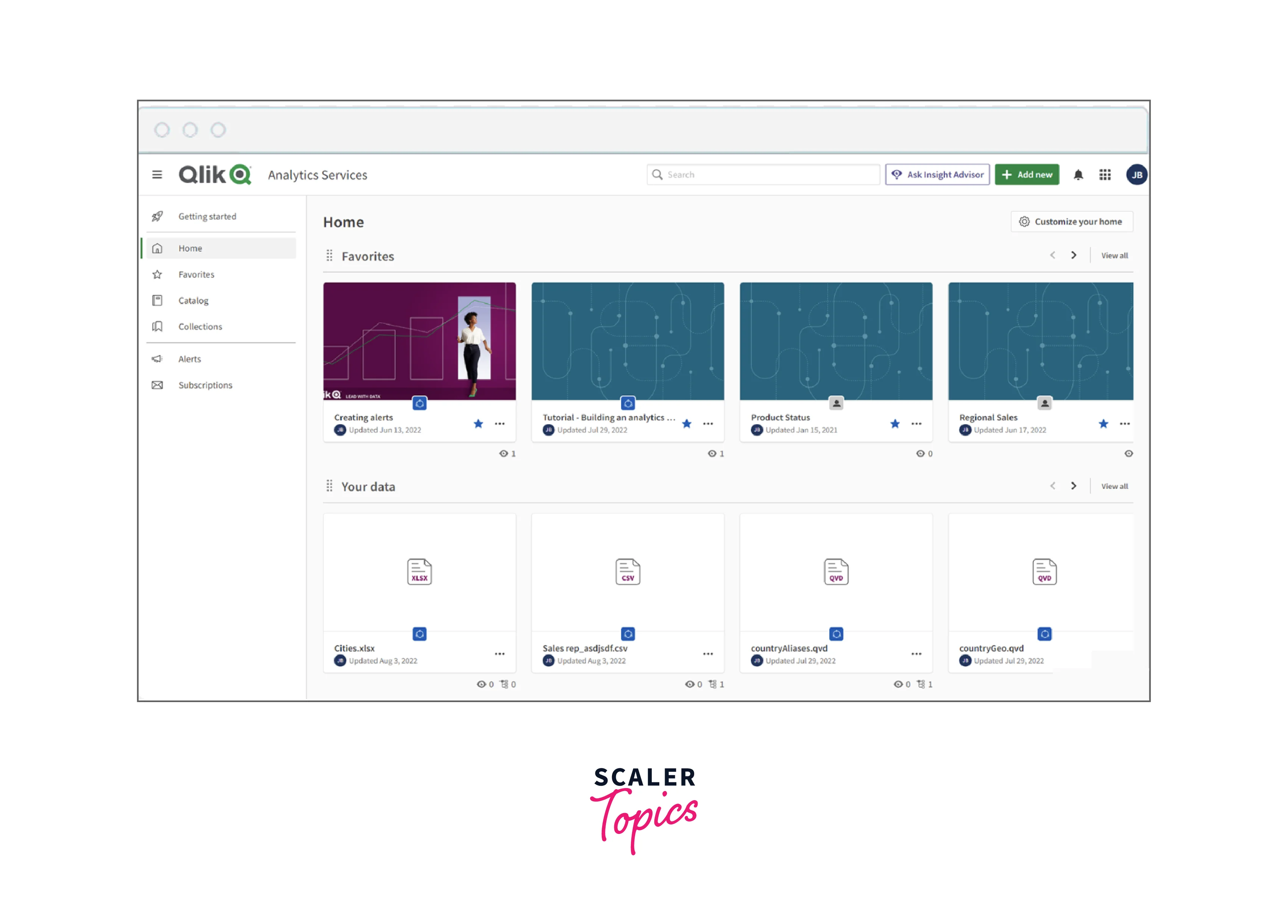
Zoho Analytics
If you are looking for in-depth data and reporting analysis, Zoho Analytics is one such great business intelligence tool to look out for. With its automated data syncing that could also be periodically scheduled, users can leverage these features and simply build connectors via the API integration. The informative report could be created by working with data from various sources, and via the easy editor, users could also create personalized dashboards and capture important details from the data and create reports out of it. You can visit the website Zoho Analytics and experience it for your use case. One more interesting feature is its distinct commenting section enabling great collaboration opportunities.
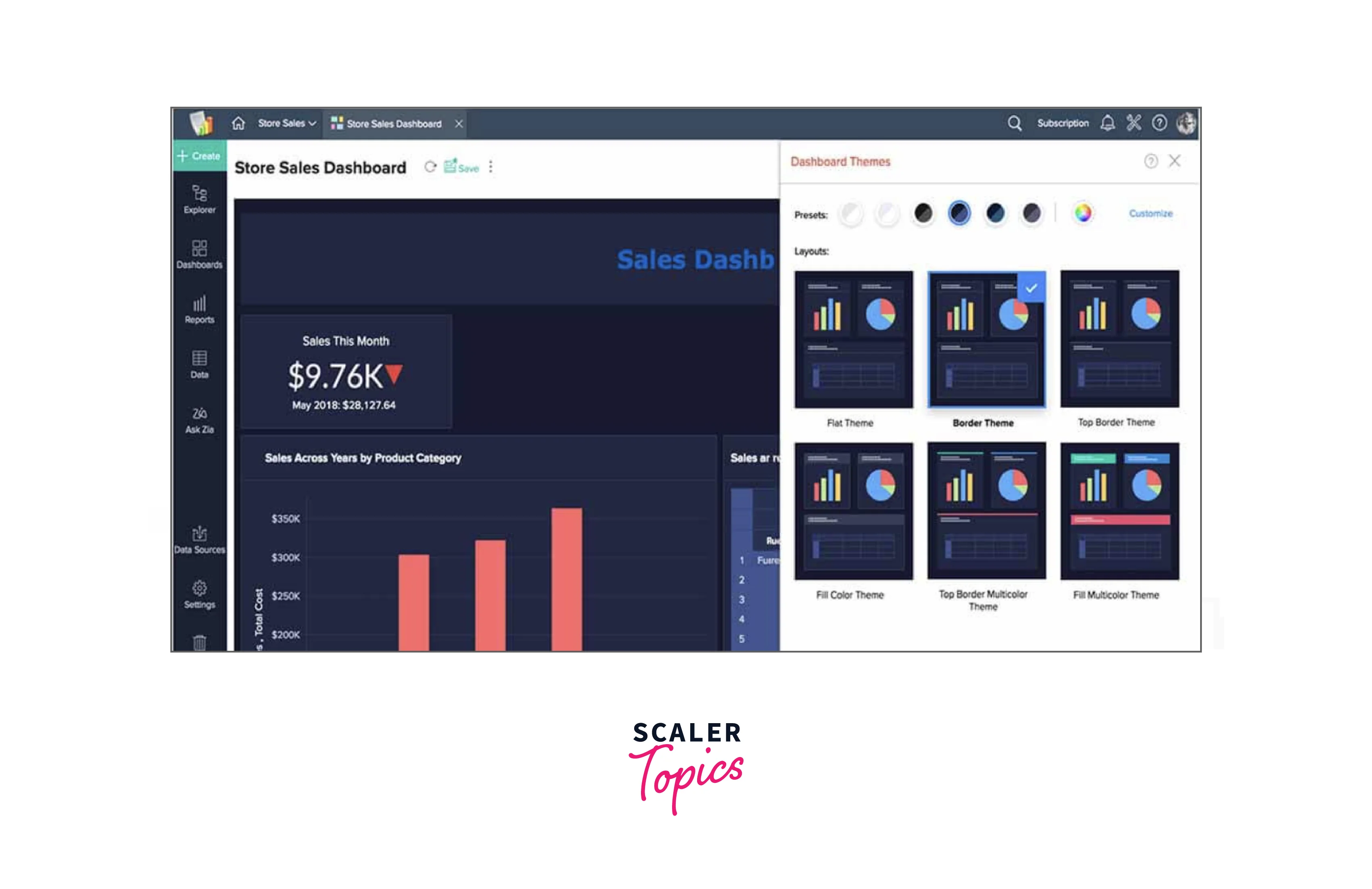
Sisense
Another business intelligence tool that lets anyone in an enterprise manage, monitor, analyze and visualize the data is Sisense. Recognized as a leading cloud analytics platform, Sisense offers a user-friendly data analytics platform allowing you to work with huge and complex datasets easily and quickly. Data from various sources could be integrated like Google Analytics, Adwords, and Salesforce. With its in-chip technology, data could quickly be processed when compared to other business intelligence tools. You can visit the website to know more about Sisense.
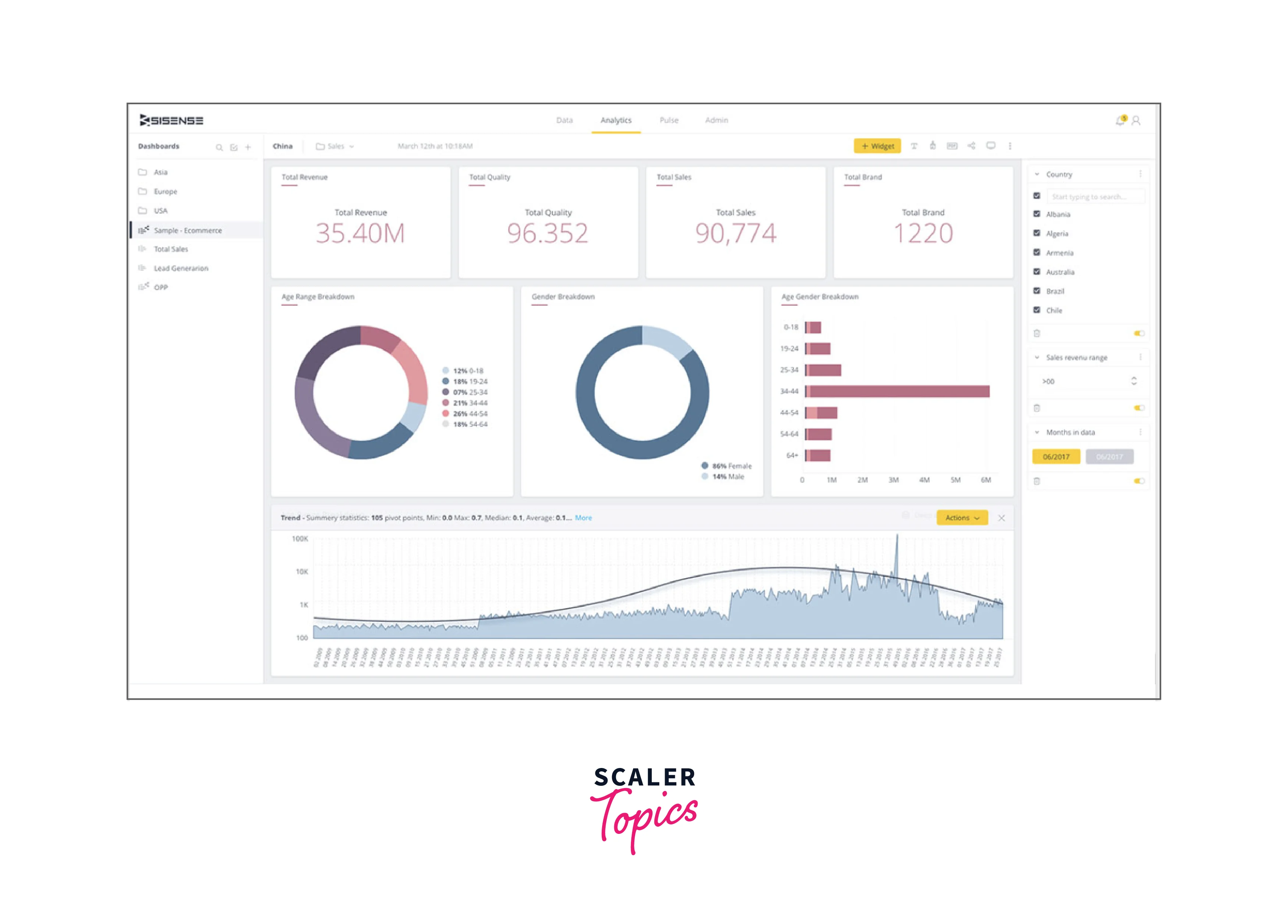
Microsoft Power BI
Microsoft offers its Microsoft Power BI tool which is a web-based, all-in-one business analytics platform suite, that is excellent with its data visualization techniques. Users can easily It offers users to recognize market orientation in real-time with the advanced connectors that contribute as a boost to their campaigns. Easily accessible from anywhere, is web-based offering users to integrate their systems or applications and seamlessly deliver real-time dashboards or even reports. You can take a look at the website - Microsoft Power BI
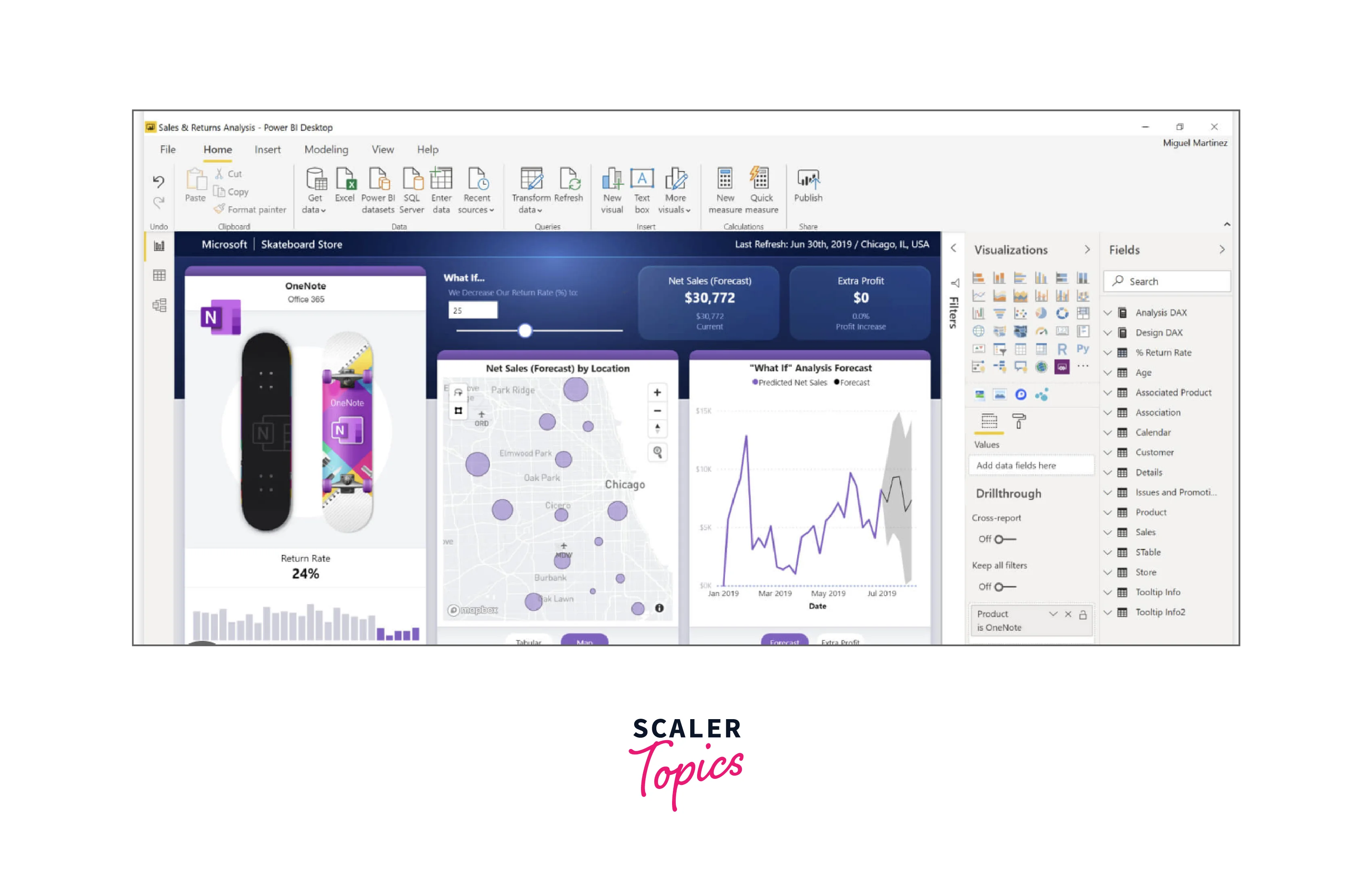
Looker
Recently this Business intelligence tool has been a part of the Google Cloud, which offers a distinct integration with any database that works with SQL. Introducing Looker, known as the data discovery application, that works great for any midsize-enterprises, startups, or organization-grade businesses. You can visit the website of Looker and experience its benefits such as user-friendly and quick visualizations, reliable support (24-hour tech support), powerful collaboration features (report and data can be shared through USL or email), reliable tech support (tech team).
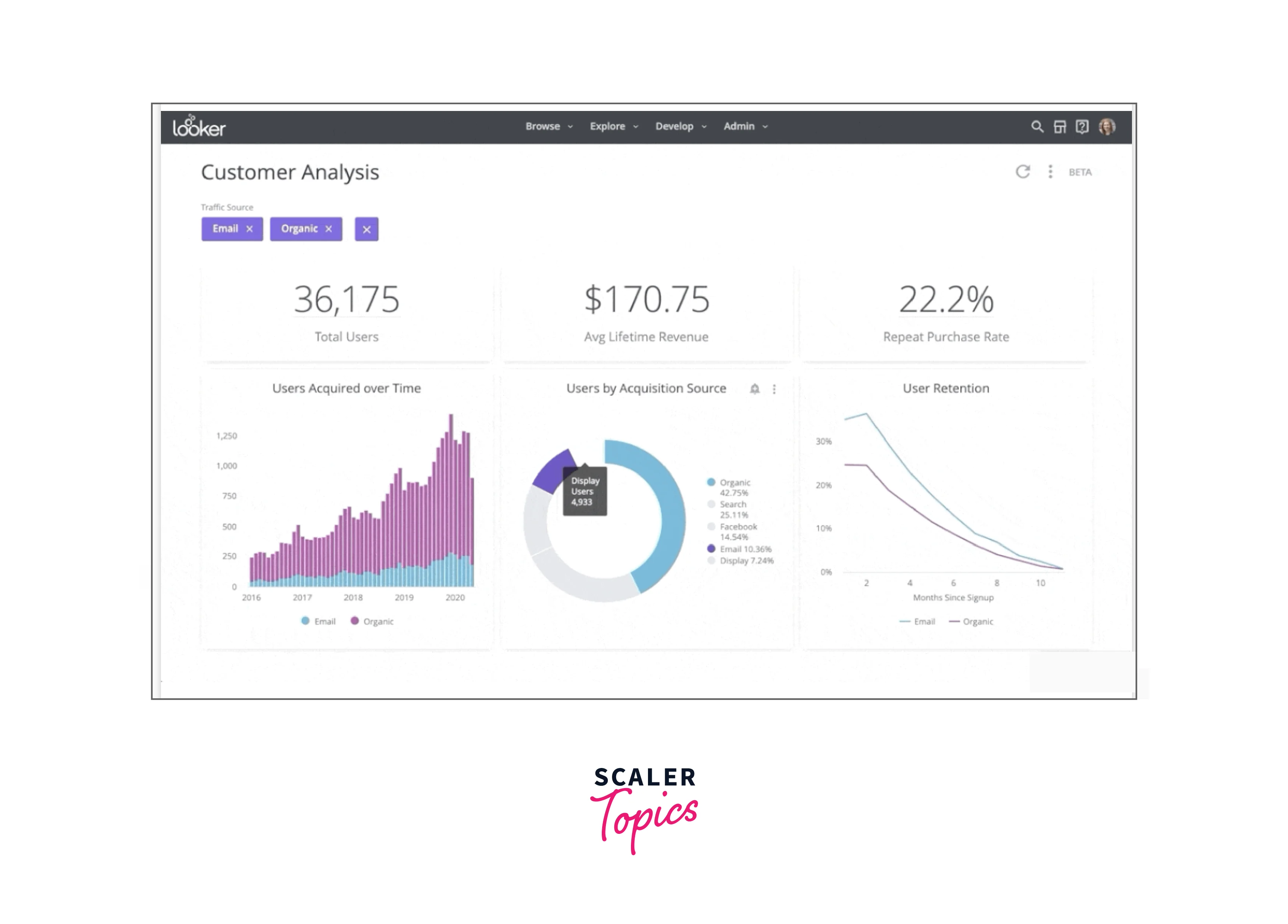
Clear Analytics
If you are proficient with Excel, the Clear Analytics business intelligence tool is an intuitive software that is loved by users with the most basic knowledge of Excel. A self-service business intelligence system offering various features like automating, analyzing, creating, as well as visualization of huge data. You can visit the website in Clear Analytics and easily integrate it with Microsoft Power BI, where the Power Query and Power Pivot could be leveraged for data cleaning and modeling the various datasets.
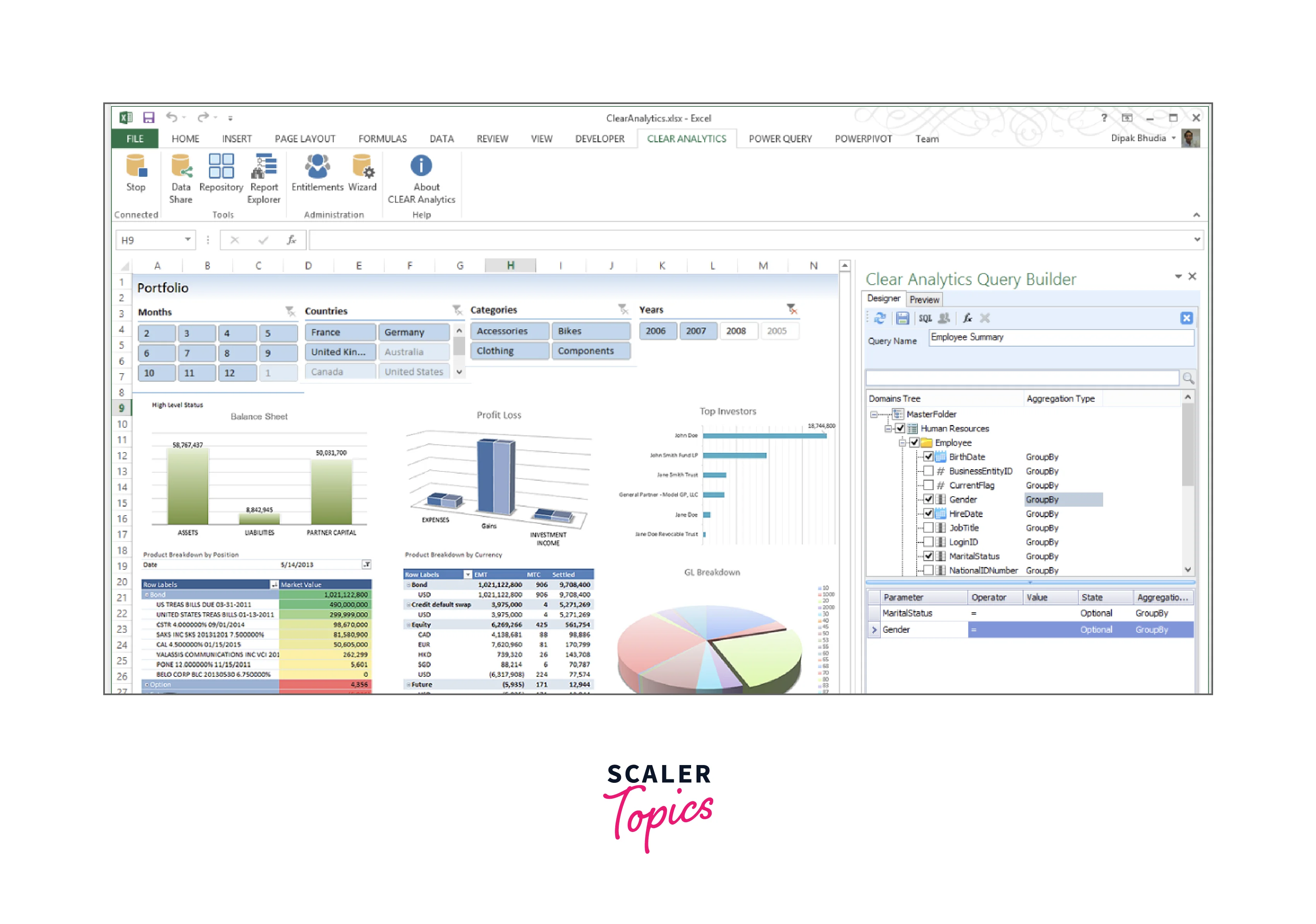
Tableau
Specializing in data visualization along with data discovery, Tableau is one such Business Intelligence tool that allows users to simply analyze, and visualize and allows collaboration by sharing data, without any intervention from the IT. Multiple data sources like Oracle, MS Excel, MS SQL, Google Analytics, and SalesForce could be easily integrated allowing users to access the well-designed, user-friendly dashboards. Tableau offers various standalone products such as Tableau Desktop and Tableau Server that can run locally along with Tableau Online which hosts data analytics for organizations. If you wish to learn more about Tableau you could read the article [Tableau architecture] to get an in-depth knowledge of the same.
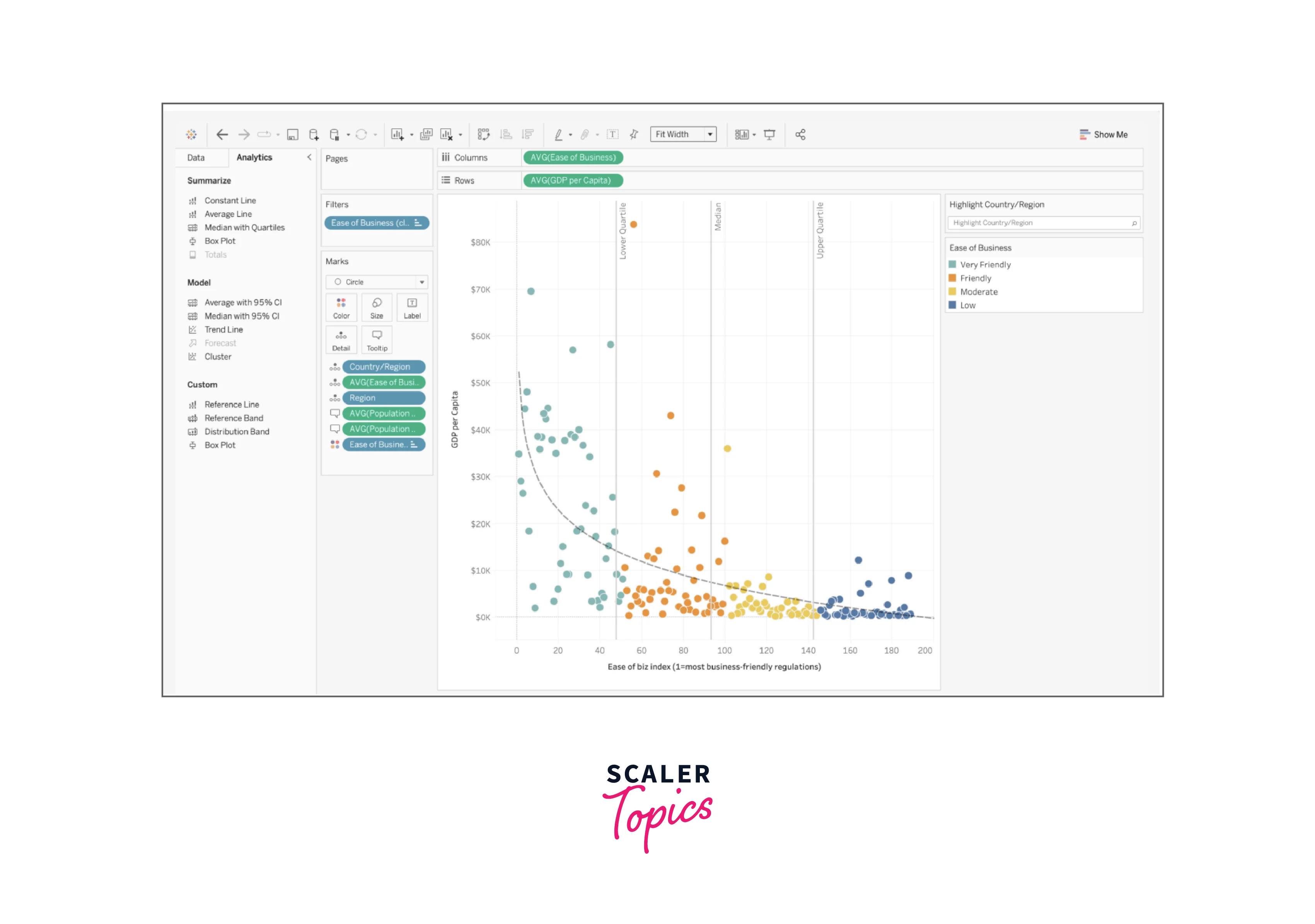
Oracle BI
Another widely popular business intelligence tool is Oracle BI offering its portfolio of technology and applications. Offering its users all the business intelligence capabilities, like proactive intelligence, dashboards, ad hoc, etc. Organizations dealing with huge amounts of data from Oracle or any non-Oracle data sources with its robust solution. Additional features include versioning, data archiving, and the self-service portal with its set of alerts/notifications. You can explore more on its website at the link Oracle BI
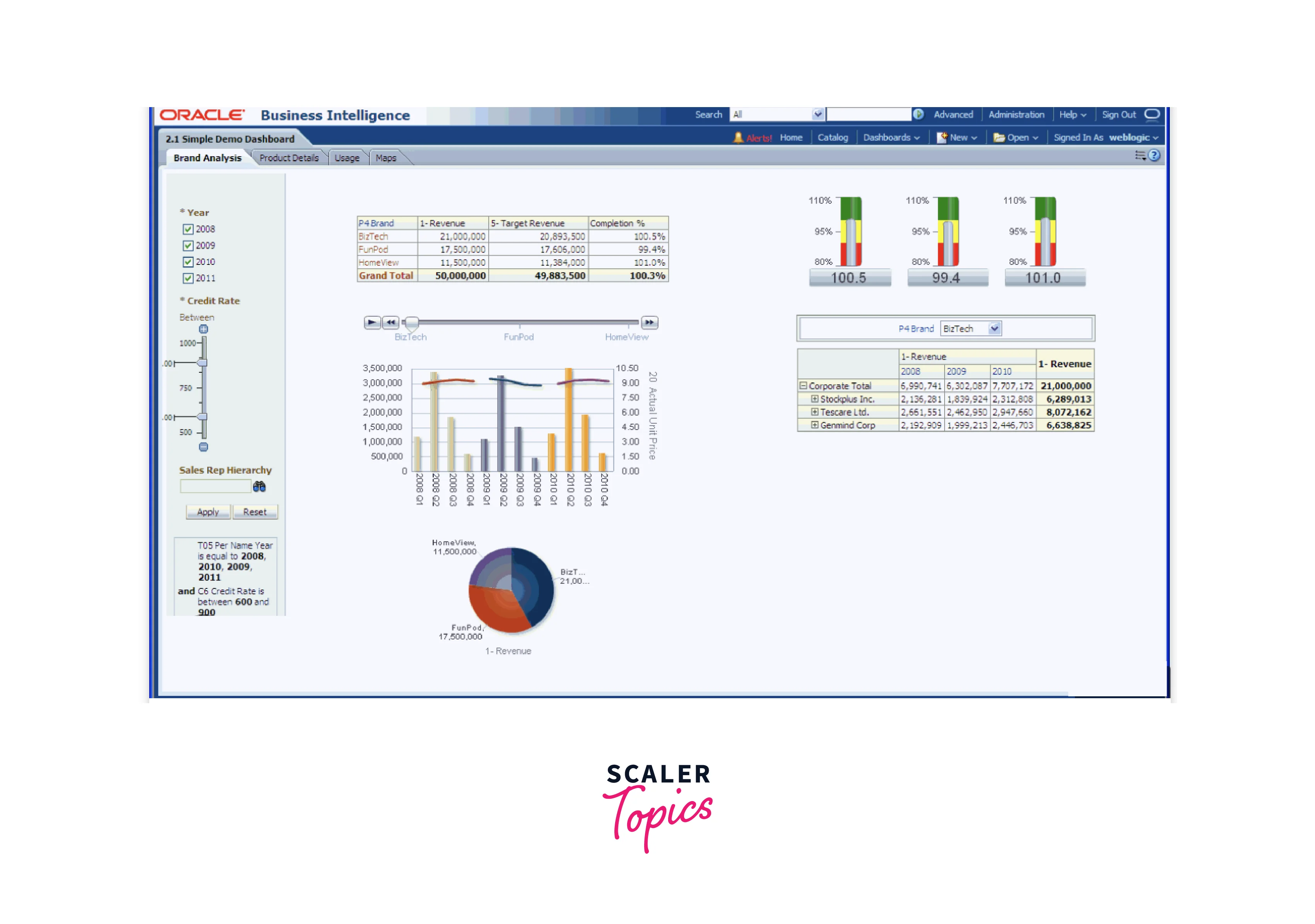
Domo
Integrating with various data sources like social media, excel sheets, and databases could get easier than Domo. Domo is one such cloud-based business intelligence tool that is utilized by both large and small organizations offering micro as well as macro-level visibility and analyses. You can visit the website of Domo to experience it at your pace. One drawback that users face with Dpmo is with downloading the analysis reports from the cloud for their use case.
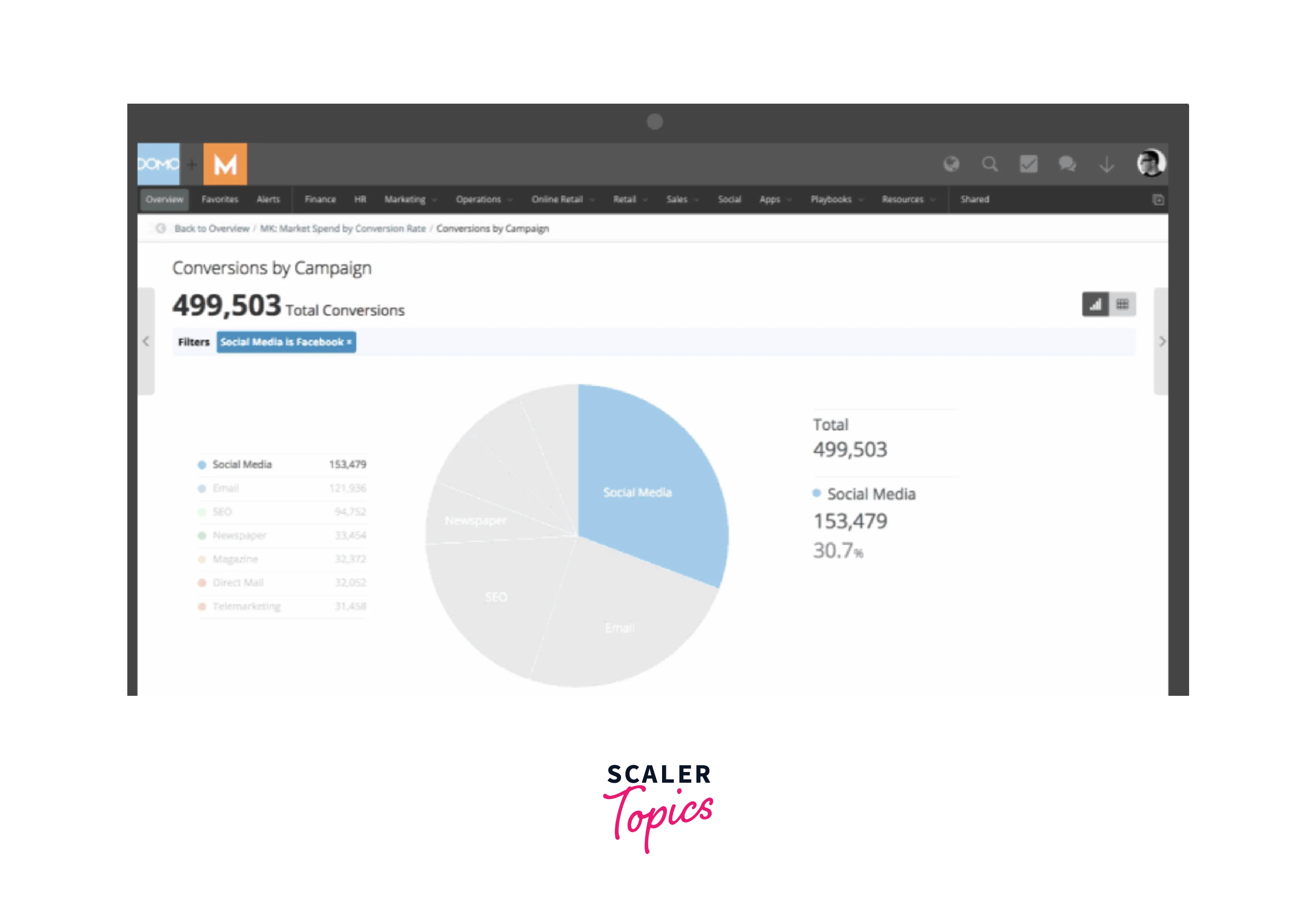
IBM Cognos Analytics
One of the popular business analytics tools, offering visualization, and analyses along with collaboration with their organizations to share actionable insights, IBM Cognos Analytics was invented. IBM Cognos Analytics is an AI-fueled BI tool that supports the entire analytics cycle ranging from data discovery to its operationalization. You can discover hidden patterns with the visualization reports. Users can visit the IBM Cognos Analytics to experience the platform with all of the defined features.
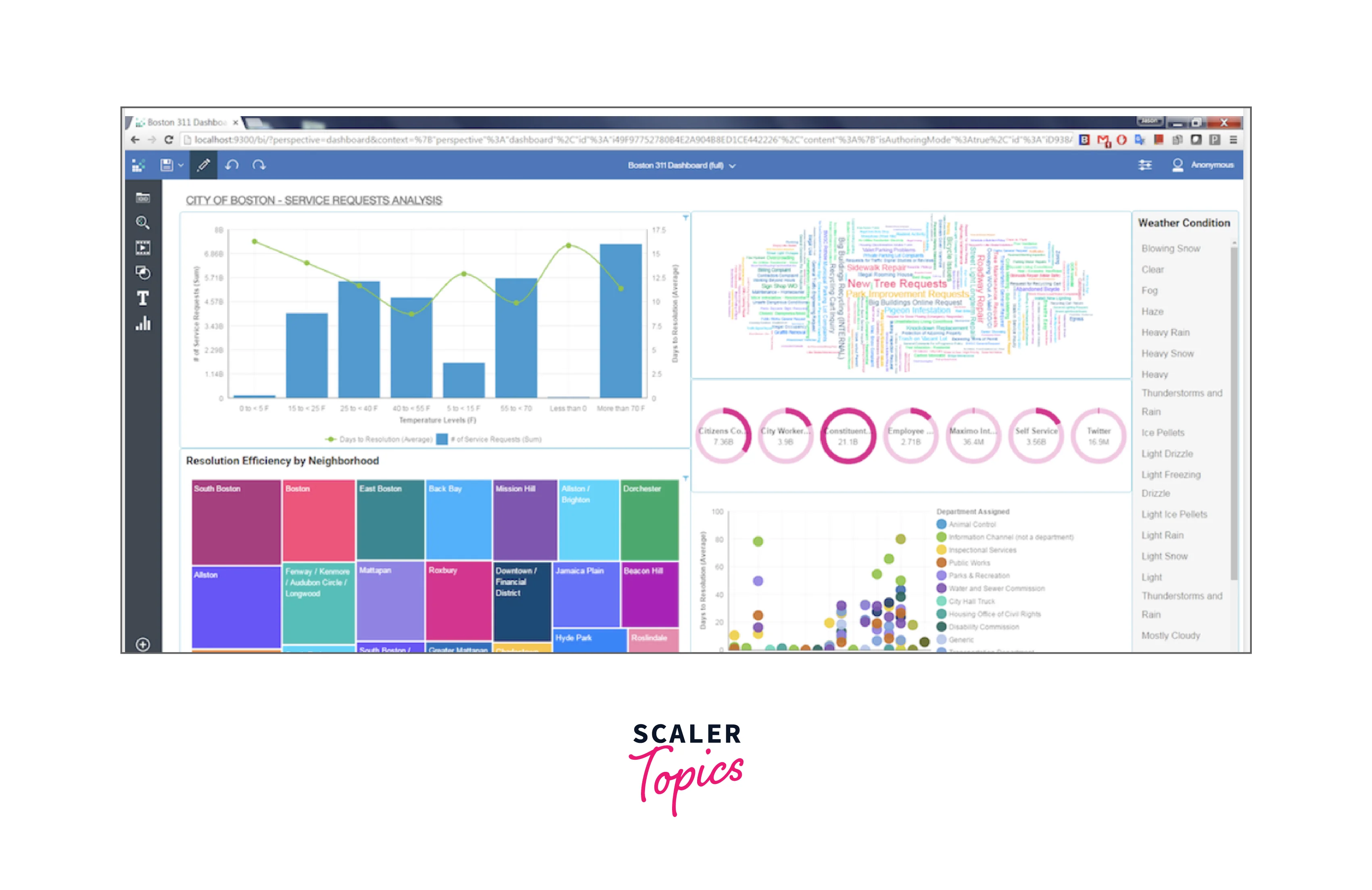
Benefits of BI tools
Now with this section of the article, we shall be learning about the various benefits that an organization or individual might experience when it integrates the application or system with any one of the above-mentioned business intelligence tools.
Business intelligence tools are software that makes working with a huge amount of cleansed data easier, affordable, and quicker. make decisions. Users can unleash the capabilities of business intelligence tools for collecting, processing, and analyzing, along with visualizing the huge amount of data and creating reports and charts to predict current, and future trends based on data for generating actionable data-driven insights, creating interactive reports, along with simplifying the decision-making processes.
Key features in business intelligence tools include visual data analytics, real-time dashboard features, role-level access, ML-based insights, reports, data visualization, interactive dashboarding, and KPI scorecards. In addition, enabling users for automating reporting as well as predictive analytics features. With the business intelligence tools users get a self-service all-in-one platform in a single solution making the analysis process more efficient as well as accessible.
Let us briefly discuss the key benefits offered by the various Business Intelligence tools.
Self-sufficient:
- The data an organization generates need not be restricted to your IT department, with the new advanced business intelligence tools, one can distribute their data, and employees without any technical knowledge could also start leveraging the business intelligence tools. This way the entire organization's employees are self-sufficient to work with the data and collaborate with their insights. Reports could be generated and shared for tracking and benefitting the organization from a larger perspective.
Automated Reports
- We studied so many business intelligence tools where users don't need to take on the hassle of inputting the data manually into Excel spreadsheets with the various tools as many BI tools have got this task automated for you. You can simply automate your data loading process and with the BI tools the reports for a defined period could be automatically generated. You can create a visualization with significant information and even download the charts for your use case.
Data is centralized:
- Data is located centrally at a place. Data from various sources like databases, customer relationship management systems, enterprise resource planning applications, web portals, etc could be gathered in one centralized system. This can easily be done with any of the above-learned business intelligence tools. This way data is centralized together along with specific views like trends, issues, and analytics that could be created based on the queries fired.
Auto Triggers and Alerts:
- As of now the data that an organization holds, is both the organization's past and present data. Organizations can leverage this intricate level of data and make predictions about their sales, reviews, and products. Predictive analytics and forecasting models are offering the business to make predictions depending on the product or service’s performance history. With the new age AI solutions integrated with the business intelligence tools, one can leverage the advantage to tackle any business change if that gets deleted, way ahead in advance.
Optimise business costs:
- As studied the various business intelligence tools, help to analyze the data, generate reports dashboards, and help with predicting based on records along with planning, and reporting processes. All this has not only eased the organization where a huge amount of data is generated but also has proved to be an efficient and accurate way of analyzing the data. It has also been observed that with the integration of the business intelligence tools, more than 50 percent of BI tools have helped the organization with reduced costs as well as increased revenue.
Conclusion
- Business intelligence tools can help organizations scale, take agile steps, and visualize their data.
- Data mining, Data visualization, business analytics, data tools, and infrastructure, along with the best practices together make up the business intelligence unit that helps the business utilize its past and present data and make more data-driven decisions.
- Offers a comprehensive view of the data in your organization and if your organization is utilizing it to modify processes, channelizing the strategies, taking more data driving changes, adapting to the market demand and supply, as well as eliminate the inefficiencies within the organization then your organization is practically using the Business intelligence.
- Understand how the customer is behaving, and what trends are hong on in the market, and use the data drive insights to tailor products that adapt easily to the volatile market needs.
